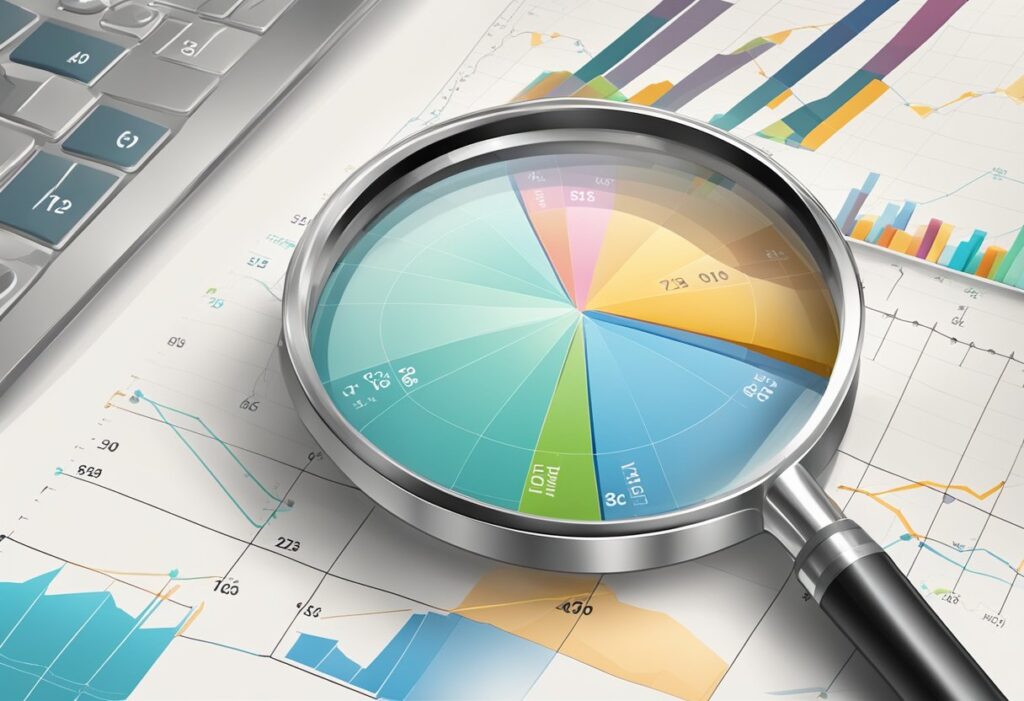Unleashing the Power of AI in Business: Behavioral Analysis

In today’s fast-paced business environment, understanding customer and employee behavior is more critical than ever. Artificial Intelligence (AI) has emerged as a game-changer, offering unparalleled insights into behavioral patterns. This blog delves into how AI revolutionizes business through behavioral analysis, providing comprehensive insights, practical tips, and real-world examples.
What is Behavioral Analysis?
Behavioral analysis involves studying and interpreting the actions, reactions, and patterns of individuals to make informed decisions. In a business context, this means understanding customer preferences, predicting market trends, and optimizing employee performance.
How AI Enhances Behavioral Analysis
Machine Learning Algorithms
Machine learning algorithms are at the heart of AI-driven behavioral analysis. These algorithms can be categorized into:
- Supervised Learning: Learning from labeled data.
- Unsupervised Learning: Identifying patterns in unlabeled data.
- Reinforcement Learning: Learning from rewards and punishments.
For example, supervised learning is often used in customer churn prediction, where the system learns from historical data to predict future customer behavior.
Natural Language Processing (NLP)
NLP enables machines to understand and interpret human language. Key applications include:
- Sentiment Analysis: Assessing customer feedback to gauge sentiment.
- Text Classification: Categorizing textual data for better analysis.
- Chatbots and Virtual Assistants: Enhancing customer interaction and support.
NLP can analyze vast amounts of customer reviews, providing businesses with valuable insights into customer satisfaction.
Computer Vision
Computer vision allows AI to interpret and understand visual data. Applications include:
- Facial Recognition: Identifying individuals and their emotional states.
- Emotion Detection: Understanding customer emotions through facial expressions.
- Activity Tracking: Monitoring and analyzing physical activities.
For instance, retailers use emotion detection to understand customer reactions to products, tailoring their marketing strategies accordingly.
Data Collection and Processing
AI excels in collecting and processing vast amounts of data from various sources, such as social media, transaction records, and website interactions. This data is then cleaned and preprocessed to ensure accuracy and reliability.
Applications of AI in Behavioral Analysis
Customer Behavior Prediction
AI can predict customer behavior with high accuracy, enabling businesses to:
- Personalize Recommendations: Offering tailored products and services.
- Predict Customer Churn: Identifying customers at risk of leaving and taking preventive measures.
For instance, Amazon uses AI-driven recommendation systems to enhance customer satisfaction and boost sales.
Employee Performance and Engagement
AI helps in monitoring and improving employee performance by:
- Analyzing Work Patterns: Identifying productivity trends and areas for improvement.
- Enhancing Engagement: Providing personalized feedback and support.
Google employs AI to monitor employee engagement, fostering a more productive work environment.
Market and Competitive Analysis
AI enables businesses to stay ahead of the competition by:
- Trend Analysis: Identifying emerging trends and adapting strategies.
- Competitive Intelligence: Monitoring competitor activities and market positioning.
For example, Netflix uses AI to predict content trends, ensuring they always have engaging offerings for their subscribers.
Fraud Detection
AI’s ability to detect anomalies makes it invaluable for fraud detection. It can:
- Monitor Transactions: Identifying suspicious activities in real-time.
- Detect Anomalies: Spotting unusual patterns that indicate fraud.
JP Morgan Chase utilizes AI to prevent fraudulent transactions, safeguarding both the company and its customers.
Case Studies
Amazon: Personalized Recommendation System
Amazon’s recommendation system uses machine learning to analyze customer behavior, providing personalized suggestions. This has significantly increased customer satisfaction and sales.
Netflix: Predictive Analytics for Content Recommendation
Netflix employs predictive analytics to recommend content based on user preferences. This not only enhances the viewing experience but also helps in subscriber retention.
JP Morgan Chase: Fraud Detection and Prevention
JP Morgan Chase’s AI-driven fraud detection system monitors transactions in real-time, reducing fraudulent activities and enhancing security.
Google: Employee Engagement and Performance Monitoring
Google uses AI to analyze employee behavior, providing insights that help in improving engagement and productivity.
Best Practices in Implementing AI for Behavioral Analysis
Ethical Considerations
When implementing AI, businesses must consider:
- Data Privacy: Ensuring customer and employee data is secure.
- Bias and Fairness: Avoiding biases in AI algorithms to ensure fair treatment.
Implementation Strategies
Successful AI implementation requires:
- Integration with Existing Systems: Seamlessly incorporating AI tools.
- Cross-Functional Collaboration: Engaging various departments for a holistic approach.
Continuous Improvement
AI systems should be regularly updated and maintained to:
- Enhance Performance: Continuously improving accuracy and efficiency.
- Monitor AI Systems: Ensuring they remain effective and relevant.
User Training and Adoption
To maximize the benefits of AI, businesses should:
- Train Employees: Providing comprehensive training on AI tools.
- Encourage Adoption: Promoting the use of AI across the organization.
Practical Tips for Businesses
Starting Small
Begin with pilot projects to test AI solutions on a small scale before full-scale implementation.
Choosing the Right Tools
Select AI tools based on:
- Criteria: Functionality, ease of use, and cost.
- Vendor Evaluation: Assessing the credibility and support offered by vendors.
Data Management
Effective data management involves:
- Data Collection: Ensuring comprehensive and accurate data.
- Data Storage: Implementing secure and scalable storage solutions.
Collaborative Approaches
Engage stakeholders from various departments to:
- Foster Collaboration: Encouraging shared goals and objectives.
- Regular Feedback Loops: Continuously improving AI systems based on feedback.
Future Trends in AI and Behavioral Analysis
Advancements in AI Technology
Emerging AI technologies will further enhance behavioral analysis, offering more precise and comprehensive insights.
Integration with Other Technologies
Combining AI with other technologies, such as IoT and blockchain, will enable more sophisticated data collection and analysis.
Regulatory and Ethical Landscape
Businesses must stay abreast of regulatory changes and ethical considerations, ensuring their AI implementations remain compliant and fair.
Conclusion
AI is revolutionizing the way businesses analyze behavior, providing unprecedented insights and driving informed decisions. By understanding and implementing AI effectively, companies can stay ahead of the competition, improve customer satisfaction, and optimize employee performance.





